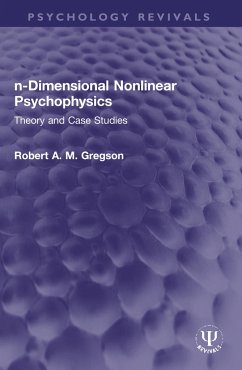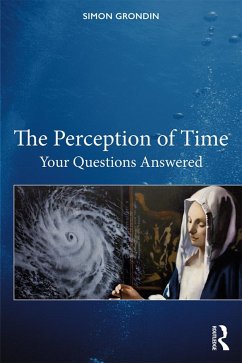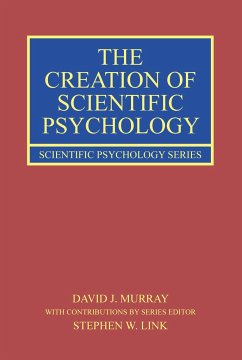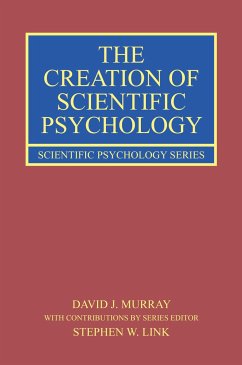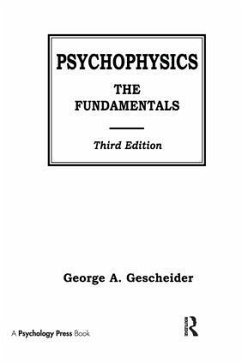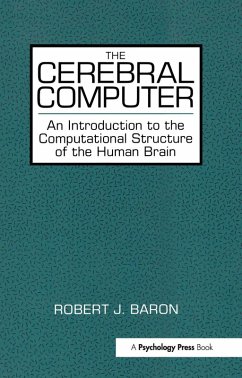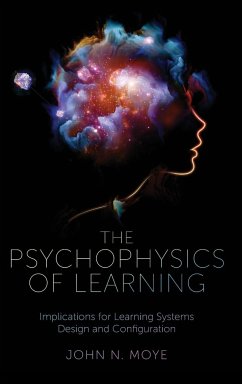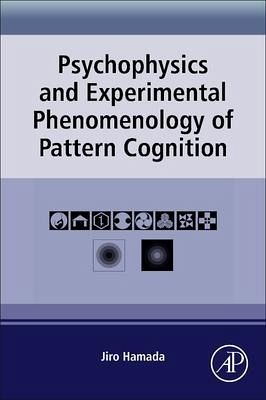
Psychophysics and Experimental Phenomenology of Pattern Cognition

PAYBACK Punkte
73 °P sammeln!
Psychophysics and Experimental Phenomenology of Pattern Cognition examines the cognitive transformations that underly this cognitive system and the specialized subsystems for processing these transformations. Sections cover symmetry cognition, contour perception and geometric illusion. Weight sensation is also discussed, as are repetitive and dot patterns. By incorporating elements of both psychophysics and experimental phenomenology, pattern cognition is examined from both the physical and mental sensory perspective, thus providing a comprehensive view of this cognitive system.






